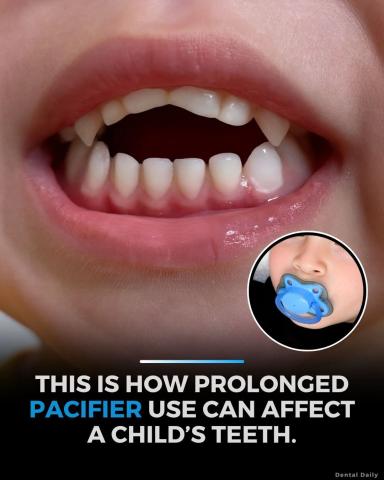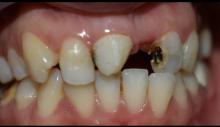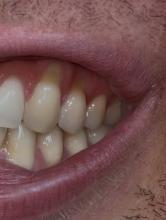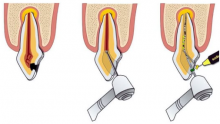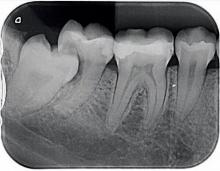From Pain to Perfect — We Care for Your Smile.
The Pacifier Problem: How Prolonged Use Reshapes Your Child's Teeth and Jaw
Topics teeth:
Beyond Comfort: How Prolonged Pacifier Use Can Shape Your Child's Smile
As parents, we all want what’s best for our children. Pacifiers can be a miracle for soothing a fussy baby, providing comfort and a sense of security. But what happens when this comforting habit continues long into toddlerhood?
While perfectly normal and beneficial for infants, prolonged pacifier use can quietly become a factor in your child's dental development. Understanding the "why" and "when" can help you make informed decisions for your child's long-term oral health.
The Turning Point: When Comfort Starts to Cause Change
The key timeline to be aware of is age two. Up until around 18-24 months, any potential dental effects from sucking are often reversible. However, when the habit continues beyond this age—especially as permanent teeth begin to prepare for their arrival—the constant pressure can begin to reshape the soft, developing bones of the jaw and palate.
The Silent Shift: How a Pacifier Reshapes the Mouth
The human mouth is a delicate balance of forces. The tongue applies pressure from the inside, while the lips and cheeks apply pressure from the outside. This balance guides the jaw and teeth into their proper positions. A pacifier disrupts this natural equilibrium.
Over time, the constant sucking can lead to several orthodontic issues:
-
Open Bite: This is one of the most common effects. The front teeth (both top and bottom) are pushed outward, preventing them from touching when the child closes their mouth.
-
Narrowing of the Upper Jaw (Palate): The pacifier can prevent the upper jaw from developing its proper wide, U-shaped arch, leading to a narrow, V-shaped palate.
-
Protruding Front Teeth: The upper front teeth may be pushed noticeably forward, making them more susceptible to injury and affecting the facial profile.
-
Speech and Swallowing Issues: These structural changes can affect how a child positions their tongue, potentially leading to a lisp or other speech sound difficulties and an abnormal swallowing pattern.
A Story of Early Action: The Johnson Family
When Leo turned two, his parents, Maria and David, noticed he was increasingly reliant on his "paci." During a check-up, their pediatric dentist gently pointed out that Leo's front teeth were already showing a slight gap when he bit down. She explained this was an early sign of an open bite caused by the pacifier habit. She assured them that because they were addressing it early, the effects could likely reverse on their own. With a supportive, step-by-step weaning plan and plenty of cuddles, Leo was pacifier-free within a few months. At his next dental visit, the gap had already started to close. "We're so grateful for the early advice," Maria shared. "It saved Leo from needing braces down the road."
Why Early Intervention Matters
The good news in Leo's story is that young children’s bodies are incredible at healing and adapting. When the source of pressure (the pacifier) is removed while the jaw is still growing, the teeth and bone often naturally guide themselves back toward their correct positions.
Pediatric dentists universally recommend beginning the weaning process by 18-24 months. This timing allows for the child’s natural oral muscle balance to be restored, paving the way for healthy jaw growth, proper speech development, and a correctly aligned bite.
Your Friendly Advice for a Smooth Transition
Weaning can feel daunting, but it's a crucial step. Here are a few tips:
-
Start Gradually: Limit pacifier use to specific times, like nap and bedtime.
-
Offer Comfort in Other Ways: Substitute the pacifier with a comforting toy, extra cuddles, or a calming song.
-
Use Positive Reinforcement: Praise your child for milestones, like going a full morning without the pacifier.
-
Make it a "Big Kid" Moment: Frame giving up the pacifier as a sign of being a "big boy" or "big girl."
Your child’s smile is our priority.
If you're concerned about your child's pacifier habit or its effects on their teeth and jaw, you don't have to navigate it alone. Early professional guidance can set the stage for a lifetime of healthy smiles.
Schedule a consultation with us today. We'll provide a gentle examination, assess your child's unique development, and offer supportive, practical advice to ensure their smile grows as beautifully as they do.
healthy food:

